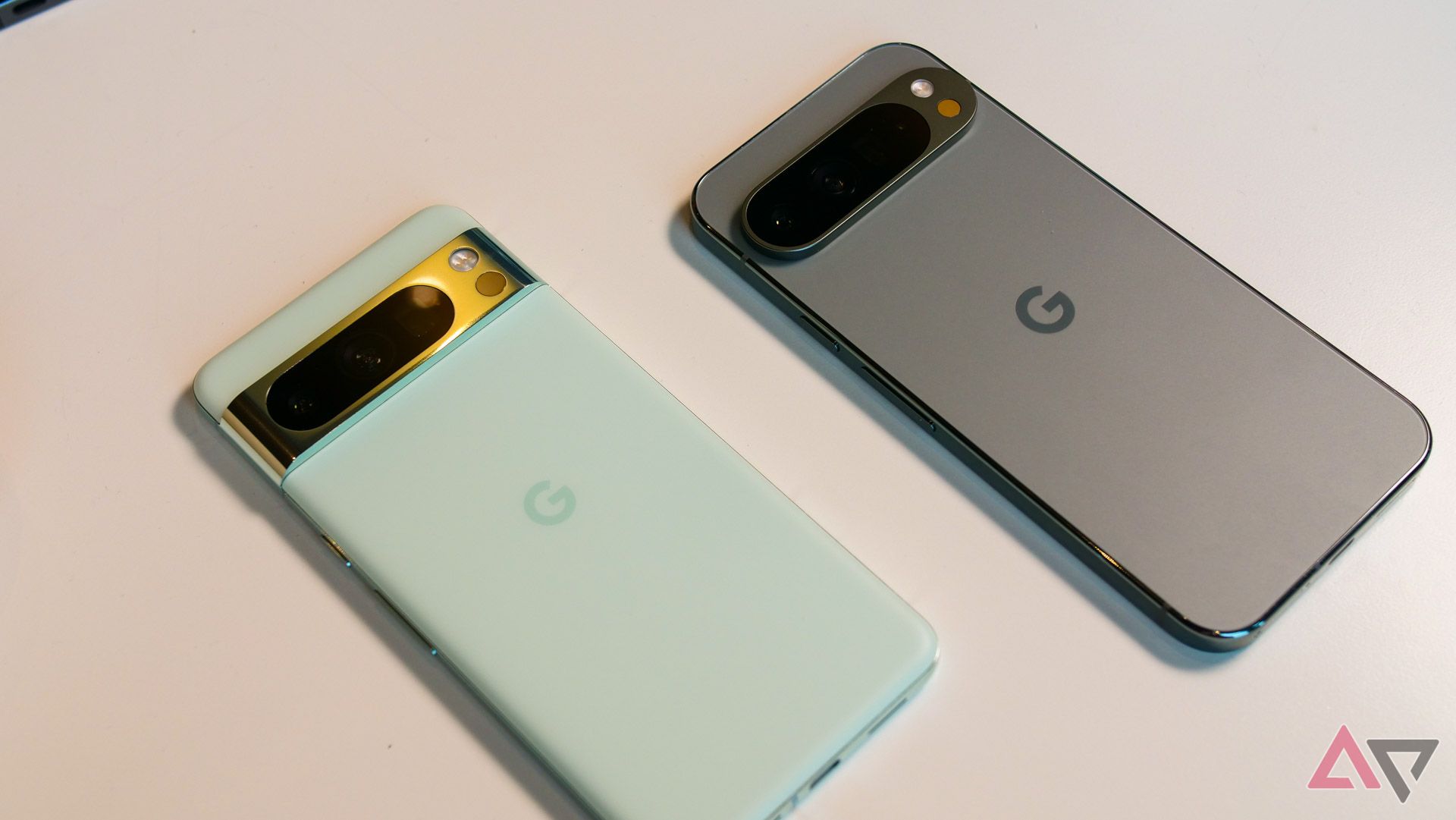Summary
- Google’s Zoom Enhance tool, which launched alongside the Pixel 9 series, is rolling out now to Pixel 8 Pro.
- The feature allows users to enhance images taken on any device, making it easier to spot details on distant objects.
- While beneficial for enhancing regular photos, the tool blurs the line between real and AI-generated/AI-enhanced images.
In October last year, Google showed off a Zoom Enhance feature for the Pixel 8 Pro that seemingly never rolled out. Now, roughly 10 months in, alongside the unveiling of the Pixel 9 series, Google is finally rolling out the feature to the last-generation flagship.
The feature, which could make hardware prowess like the S24 Ultra‘s 100x zoom unnecessary, is Google’s first image-to-image diffusion model that is designed to run entirely on-device.

Related
Google Pixel 8 Pro gets its promised Zoom Enhance feature nine months after release
The feature is finally rolling out
Peyman Milanfar, Google’s Computational Imaging team lead, detailed some of the tool’s functionality in a recent X (Twitter) post, and zooming in on stuff isn’t its only impressive capability (via 9to5Google).
According to Milanfar, the tool lives within Google Photos, and it will appear alongside the Magic Eraser and Portrait Blur tools when you edit an image. “It allows you to crop or frame the shot you wanted, and enhance it -after capture,” wrote Milanfar, adding that the tool can be used on photos regardless of the phone that was used to capture them. So, while the feature is limited to the Pixel 9 Pro series and the Pixel 8 Pro, it can enhance images taken on older phones too.
Essentially, the on-device model looks at a photo, detects gaps between pixels that can be filled in, and predicts fine details for filling in those gaps. At the end of the day, more pixels result in a more detailed and higher-resolution image.
Normally, whenever you’re zoomed in to the max, the image on your phone’s display ends up appearing pixelated. The same is the case with the final shot that you take, considering that you’re essentially zooming in on individual pixels, and there are fewer of them overall in a magnified image.
In instances like wildlife photography, if you don’t have dedicated gear, you’d normally toss up between magnification and quality. According to Milanfar, the tool will let you shoot an image, zoom-in on it in more during the post-processing phase, and then enhance it. The tweet above highlights this perfectly.
Multiple other examples highlight how the tool can bring out the details of distant objects like the Golden Gate Bridge or a signboard far enough that you can’t make out what it says. The tool is able to enhance images that you find online, provided that they’re small enough (roughly 1MP), and bring out details in old, low-resolution photos that you might have believed had been lost time.
Fake pixels to go around
The tool, albeit great for the casual user, blurs the line between real images and those ‘enhanced’ by the tool. At what point do you begin calling the enhanced images fake or AI-generated?
On one hand, the tool can be beneficial for accessibility reasons, helping users zoom in on details that they might have missed out on with the naked eye. On the other hand, although the tool doesn’t alter the composition of an image, it does introduce ‘fake pixels’ to the mix, which isn’t an authentic representation of reality.
The ethical dilemma wouldn’t likely be a cause for concern for regular everyday snaps, considering that something as simple as a filter already distorts reality. However, in fields where accurate image data is important, like professional photography or journalism, the tool must be approached with caution.
Source link

